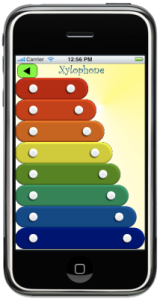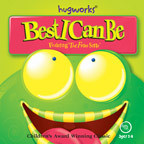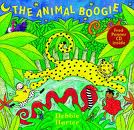Finals week is just around the corner! As everyone is prepping for juries, exams and final practicum hours I wanted to post another Techie Tuesday segment!
I just got the iPhone! You heard right… I finally gave in. I now spend my days looking through and downloading “Apps.” I don’t know how many people are aware, but there are dozens of applications that can be used in therapy… both music and speech- which has been a big focus of mine this semester. Here a few I’ve come across:
The “Aphasia” App
Pros: Brilliant! It is a great tool to use in the session and outside of the session. It gives 2 options: icons and video. The icons offer a fairly substantial amount of  vocabulary that speaks the phrase or word. The video function has a recording of a mouth that allows the client to see the anatomical way the functional speech looks. Even if your client doesn’t want to use it during a session, it’s great practice at home. They can watch the videos and it’s like having a person there speaking to you and allows the client to watch the movement of the mouth.
vocabulary that speaks the phrase or word. The video function has a recording of a mouth that allows the client to see the anatomical way the functional speech looks. Even if your client doesn’t want to use it during a session, it’s great practice at home. They can watch the videos and it’s like having a person there speaking to you and allows the client to watch the movement of the mouth.
Cons: I’ve found that it can be a little difficult for some clients to get use to (especially the older gen) because of the touch screen on the iPhone, iTouch, or the iPad. Another thing; I’m not to thrilled that the “free” app has a woman speaking all words and phrases. My male client didn’t like that. I’m not sure, but it’s possible that if you purchase the app, you can change the setting.
“Simple Xyman” App
Pros: It’s totally portable, functional and really interesting for tech savvy clients to use. This app would be great on an iPad because of the larger screen (it would make the instrument seem more life-size). It offers 3 different choices to set the application  on: Pentatonic Xylophone, C-Scale Xylophone and Piano Synthesizer. I love the pentatonic. It’s success oriented and sounds cool!
on: Pentatonic Xylophone, C-Scale Xylophone and Piano Synthesizer. I love the pentatonic. It’s success oriented and sounds cool!
Cons: You can never replace real instruments. The sound, and physical movement required to play the real thing cant be beat, however, the app would really work on great fine motor skills that is still very much music related.
“Autism Flashcards” App
I haven’t used this one all that much, however, it is Autism Awareness month and these apps are free all April. Each app has a different topic: animals, numbers, letters, and colors. They present a colorful picture of the topic, say the word, and on some play a classical piece of music to accompany the card. It’s a neat little feature that can come in handy instead of traditional flash cards.
 therapy students and myself began to revisit some new piano skills we picked up at The “Keys to Creativity” workshop, presented by Josh Massicot MM and Wade Richards MT-BC, that we attended a few weeks ago. Luckily there was a piano at the house, and we got some practicing in besides harmonizing with guitar around the campfire! Caitlin Preston-Fulton, Nazareth College MTS reminded me of the disco improvisation that was presented at the workshop, and I thought it was an interesting and useful thing to share.
therapy students and myself began to revisit some new piano skills we picked up at The “Keys to Creativity” workshop, presented by Josh Massicot MM and Wade Richards MT-BC, that we attended a few weeks ago. Luckily there was a piano at the house, and we got some practicing in besides harmonizing with guitar around the campfire! Caitlin Preston-Fulton, Nazareth College MTS reminded me of the disco improvisation that was presented at the workshop, and I thought it was an interesting and useful thing to share.












 Order your copy at AMTA National Conference at the MusicWorx, Inc. Booth on November 17th, 2011
Order your copy at AMTA National Conference at the MusicWorx, Inc. Booth on November 17th, 2011
